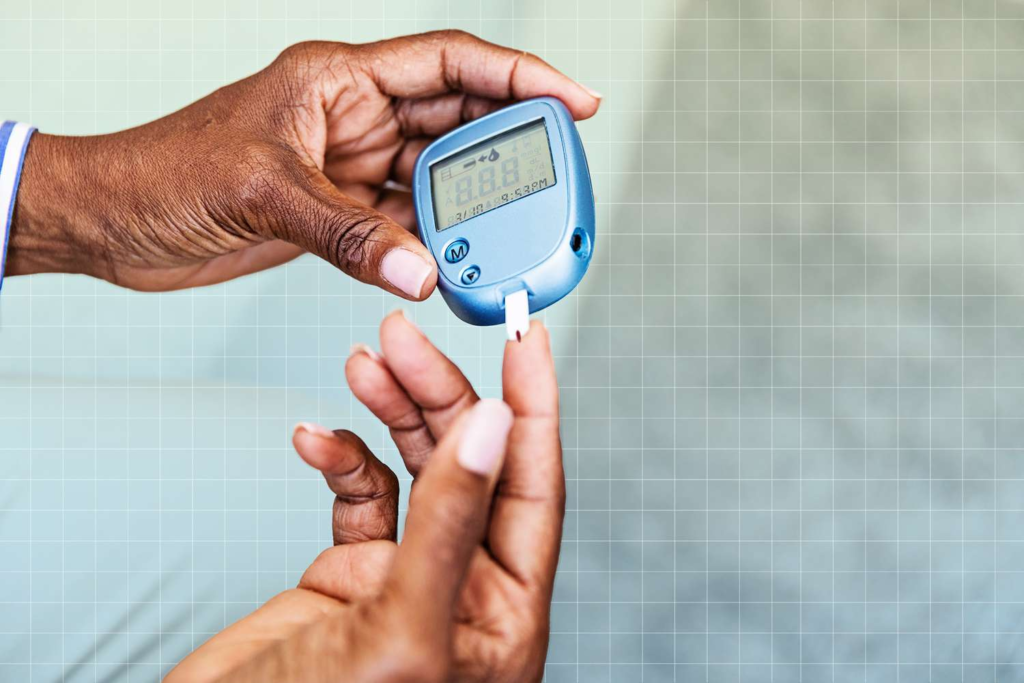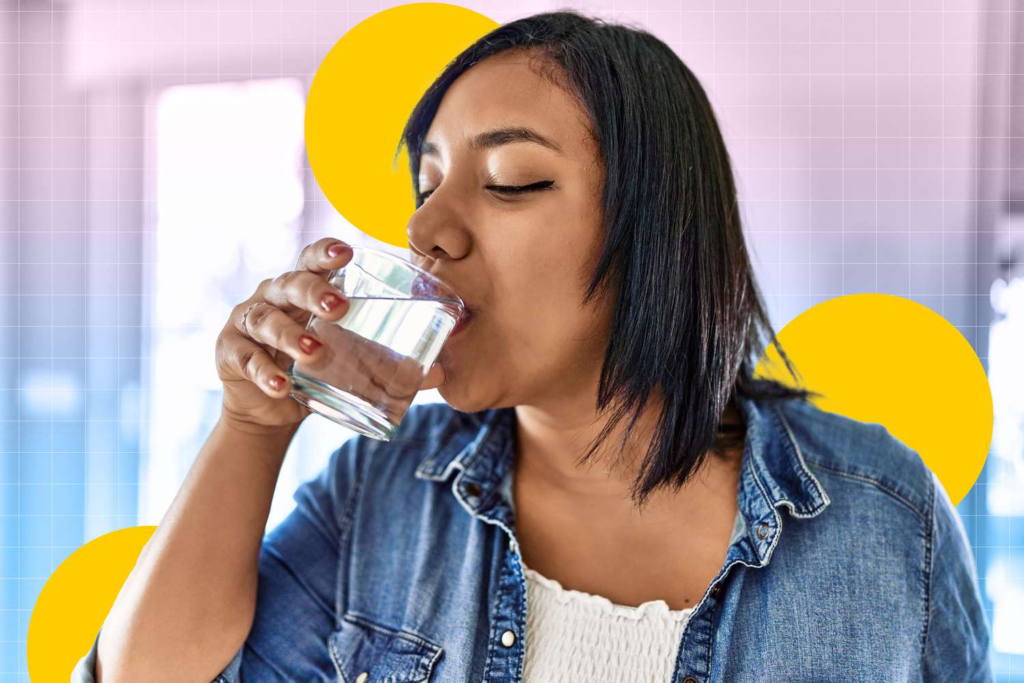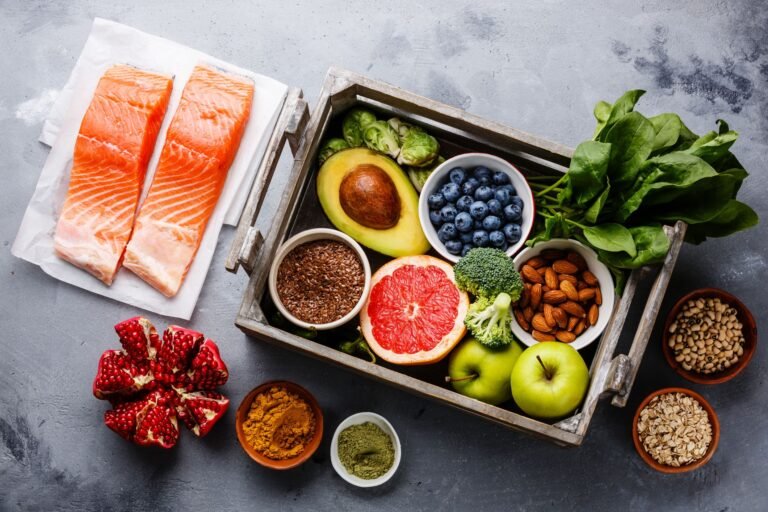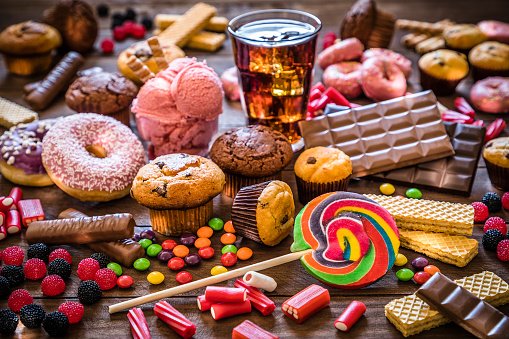How To Indicate Your Blood Sugar Level? Here Are The 7 Signs According to Experts!
High blood sugar, especially in the early stages, can sneak up on you without warning. In fact, many people don’t even realize they have it, especially when it comes to type 2 diabetes. According to the Centers for Disease Control and Prevention (CDC), nearly 9 million adults in the U.S. have diabetes and don’t know it. This is why it’s crucial to understand the subtle signs that could indicate your blood sugar is too high. Here are some hidden symptoms to watch out for, as explained by experts.
1. Unquenchable Thirst and Frequent Bathroom Trips
If you find yourself constantly thirsty and needing to pee more often than usual, it could be a sign of high blood sugar. According to Maria Elena Fraga, RD, CDCES, “Excess sugar in the blood causes the kidneys to work overtime to get rid of it.” This process draws water from your tissues, making you feel extra thirsty. As a result, you drink more, but the cycle continues. Plus, sugary drinks can make the problem worse, raising your blood sugar even further.
2. Constant Hunger, Even After Eating

When your blood is high, your cells can’t use glucose effectively, leaving you feeling hungry even after meals. “Your body needs glucose for energy, but without enough insulin or proper insulin use, your cells can’t absorb it,” says Fraga. This can lead to excessive hunger. In some cases, especially with type 1 diabetes, extreme hunger can accompany unexplained weight loss. If this sounds familiar, it’s worth getting checked out by a doctor.
3. Blurry Vision
High blood can cause blurry vision, which may come and go. This happens because elevated blood affects the small blood vessels in your eyes. Over time, this can lead to more serious eye conditions like diabetic retinopathy, which can damage the retina. The American Diabetes Association recommends that anyone diagnosed with type 2 diabetes should have a dilated eye exam soon after their diagnosis.

4. Feeling Constantly Tired
If you’re often tired, it could be due to your body not getting enough energy. As Fraga explains, when your cells can’t absorb glucose properly, your body doesn’t get the fuel it needs, leading to fatigue. This feeling of exhaustion is common for people with insulin resistance or type 2 diabetes.
5. Frequent Urinary Tract Infections (UTIs)
People with high blood are more prone to UTIs. Fraga notes, “Increased urine output, caused by the kidneys trying to get rid of excess blood sugar, can also lead to bacterial growth, which causes infections.” If you’re dealing with recurrent UTIs, it’s important to check your blood sugar levels.

6. Skin Changes: Dark Spots and Skin Tags
Another hidden sign of high blood sugar can be changes in your skin. Dark patches of velvety skin, especially around the neck, armpits, or groin, may indicate a condition called acanthosis nigricans. This condition is caused by high insulin levels, often a sign of insulin resistance. Skin tags and other skin issues like dryness and itching can also signal elevated blood sugar.
7. Other Unusual Symptoms
There are other lesser-known signs to be aware of, including hair loss, dry skin, wounds that won’t heal, and tingling sensations in your fingers and toes. You might also experience a dry mouth or sexual health issues, such as erectile dysfunction or vaginal dryness.
What Causes High Blood Sugar?
Elevated blood sugar happens when the glucose from carbohydrates you eat stays in the bloodstream because the body can’t use it properly. Insulin, a hormone that helps move glucose from your blood into your cells, is either not made in enough quantities or isn’t being used efficiently. This leaves the glucose to accumulate in your blood, leading to prediabetes, type 2 diabetes, and other health problems over time.

While eating too many carbs can contribute to high blood sugar, some people are more prone to developing diabetes due to factors like:
- Being over age 45
- Having a family history of diabetes
- Having had gestational diabetes or delivered a baby over 9 pounds
- Belonging to certain ethnic groups (e.g., African American, Hispanic, Asian American)
However, lifestyle changes can help prevent or manage high blood sugar. Maintaining a healthy weight, staying active, and managing high blood pressure are all important.
Early Detection is Key
The earlier you detect high blood sugar, the better. It can be managed or even reversed with lifestyle changes like a balanced diet, regular exercise, and weight loss if needed. “People who catch it early have a better chance of achieving diabetes remission,” says Mary Ellen Phipps, M.P.H., RDN, LD. If you think you might be at risk, talk to your healthcare provider and ask for a blood test to check your sugar levels.

The Bottom Line
High blood sugar often develops quietly and doesn’t always come with obvious symptoms. However, if you’re constantly thirsty, hungry, tired, or dealing with frequent bathroom trips, blurry vision, or skin issues, your blood sugar may be too high. The good news is that early intervention can make a huge difference. A healthy diet, exercise, and weight management can help control blood sugar and reduce the risk of complications. If you’re unsure about your blood sugar levels, consult with a healthcare provider and get tested.







